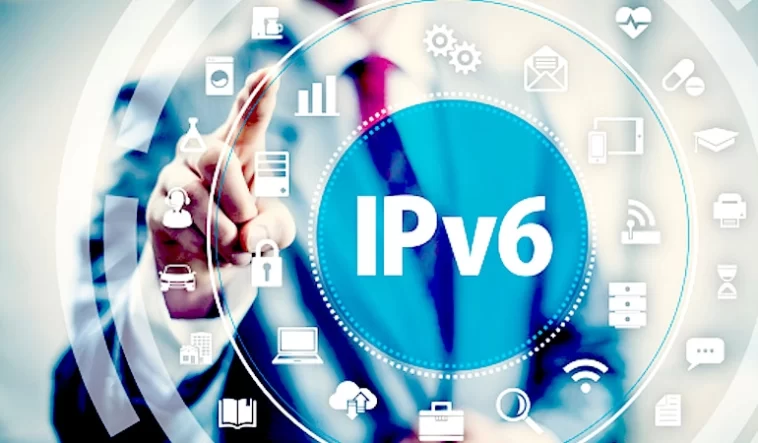Keeping in mind the technological advancement, the PTA instructed all telecom operators and internet service providers to complete the migration to IPv6 in the shortest time possible because it is the most current version of the Internet Protocol. The rollout of IPv6 is expected to support 5G and IoT. The IPv6 protocol needs to be enabled on the mobile devices of those who use smartphones. Please get in touch with your respective operator if you need any clarification on this matter.
What is IP?
Data packets are routed using IP (Internet Protocol) rules over networks so that they reach their destination. Computers break down information into packets when sending it. Each packet includes IP information to ensure it gets to the right place. Network IP addresses assigned to each device can route these data packets effectively and ensure they reach their destination.
It is important to remember that IPv4 is the first version of IP to be deployed, despite the “4” in the name. Even though it was invented in 1983, it’s still the most widely used method for identifying devices on a network, and even today, it’s one of the oldest. The IPv4 uses a 32-bit address you’re probably most familiar with. It provides nearly 4.3 billion unique IP addresses in 32-bit address space, though some IP blocks are reserved for special purposes owing to the limited size of this space. IPv4 looks like: 66.94.29.13.
In addition to being a newer version of the IP protocol, IPv6 uses a 128-bit address format, with both numbers and letters in the address. The format of IPv6 looks like this: (1001:db8:2222:4444:5555:6666:7777:8888). IPv6 stands for Internet Protocol Version 6, is the next generation standard for the Internet Protocol (IP), which eventually intends to replace IPv4 as the protocol of choice for many Internet services today. To communicate with other devices connected to the Internet, every computer, phone, and any other device connected to the Internet needs a numerical IP address that can communicate with them. The original IP address scheme, IPv4, is running out of address space.
You may be wondering why IPv6 is even necessary at this point. Many people in the world are using a lot of devices, which means they have many devices. With the emergence of IoT devices and sensors, there is an even greater issue about the number of connected devices, as these greatly multiply this. There was a growing shortage of unique IPv4 addresses in the world. It was the leading reason behind the creation of IPv6, which was necessary for all of us.
Compared with its predecessor, IPv4, it possesses many advantages, including a much larger pool of IP addresses for facilitating consumers to control their home appliances using their mobile phones via the Internet of Things (IoT). Especially in the age of IoT and 5G technologies, the transition from IPv4 to IPv6 is key to the smooth rollout of new technologies.
As part of PTA’s involvement in this transition from IPv4 to IPv6, it has been arranging several capacity-building activities through the Asia Pacific Network Information Center (APNIC) and the Internet Society (ISOC) to assist its licensees. PTA has instructed the mobile operators to enable IPv6 support for end users as per its instructions. However, the users must change their network options to go from IPv4 to IPv6 for privacy reasons. Using the method mentioned on the PTA website, smartphone users can enable IPv6 on their handsets if they want to:

The service providers for fixed broadband users can also set up the service. Whenever users encounter difficulties, they can get in touch with their operators/service providers for assistance as soon as possible.
Many android phones support 5G, but most do not have the word “5G” in their names. As far as Apple phones are concerned, all iPhones from 12 and onward are capable of using it. You should start by searching for your handset on GSM Arena if you are unsure whether your phone is compatible with 5G. There is a top row called “Networks” within the app, and if it supports 5G, you should check it in the top row. Regardless of whether your phone has 5G, you will need to enable Internet Protocol version 6 (IPv6), the latest version of the Internet.
The protocol is designed to improve connection quality, Internet speed, and many other things. Under PTA’s instructions, 5G and IoT services will be initiated on IPv6 connections, meaning there will be no IPv4 connections.


